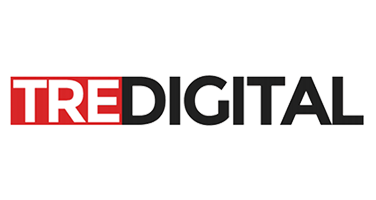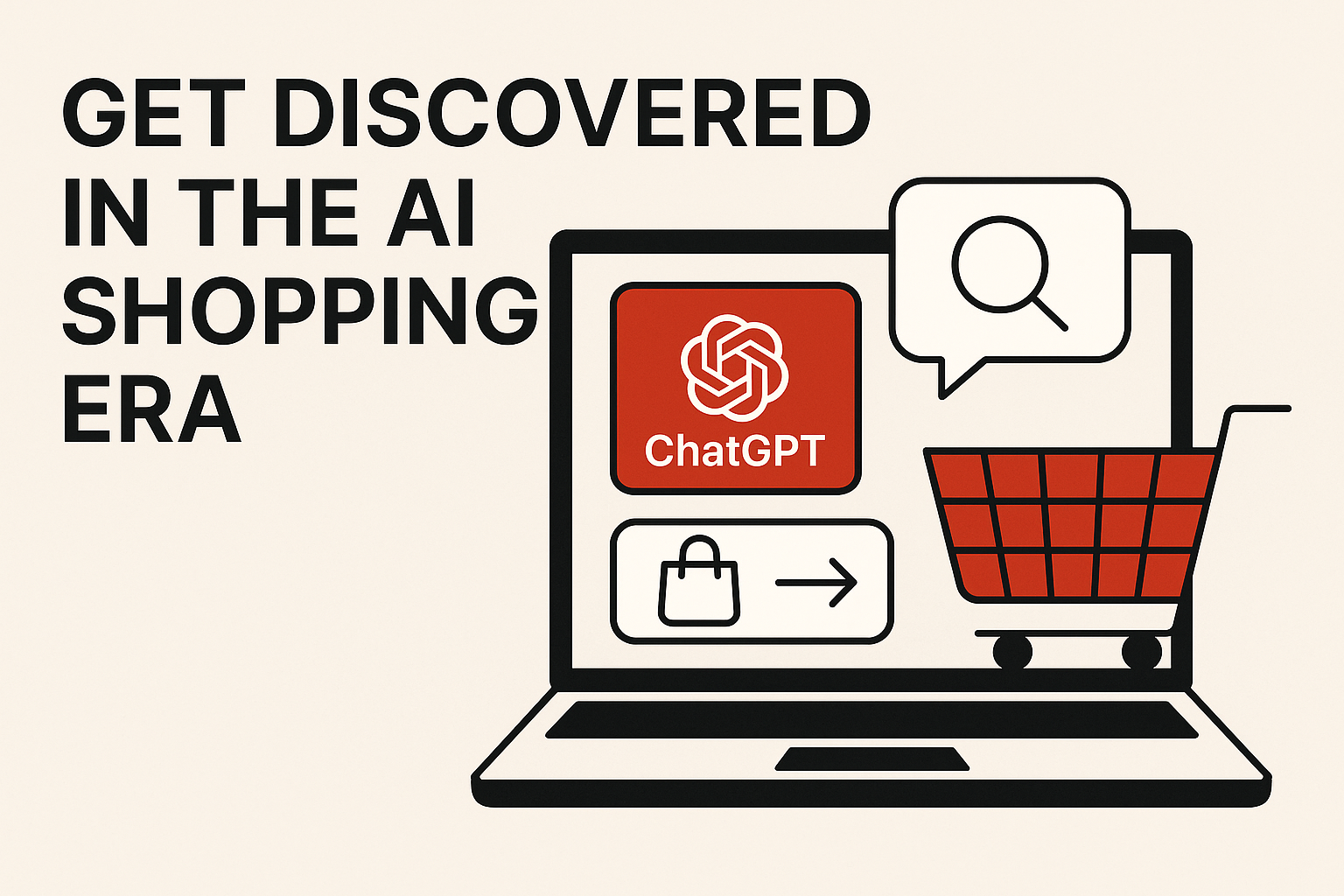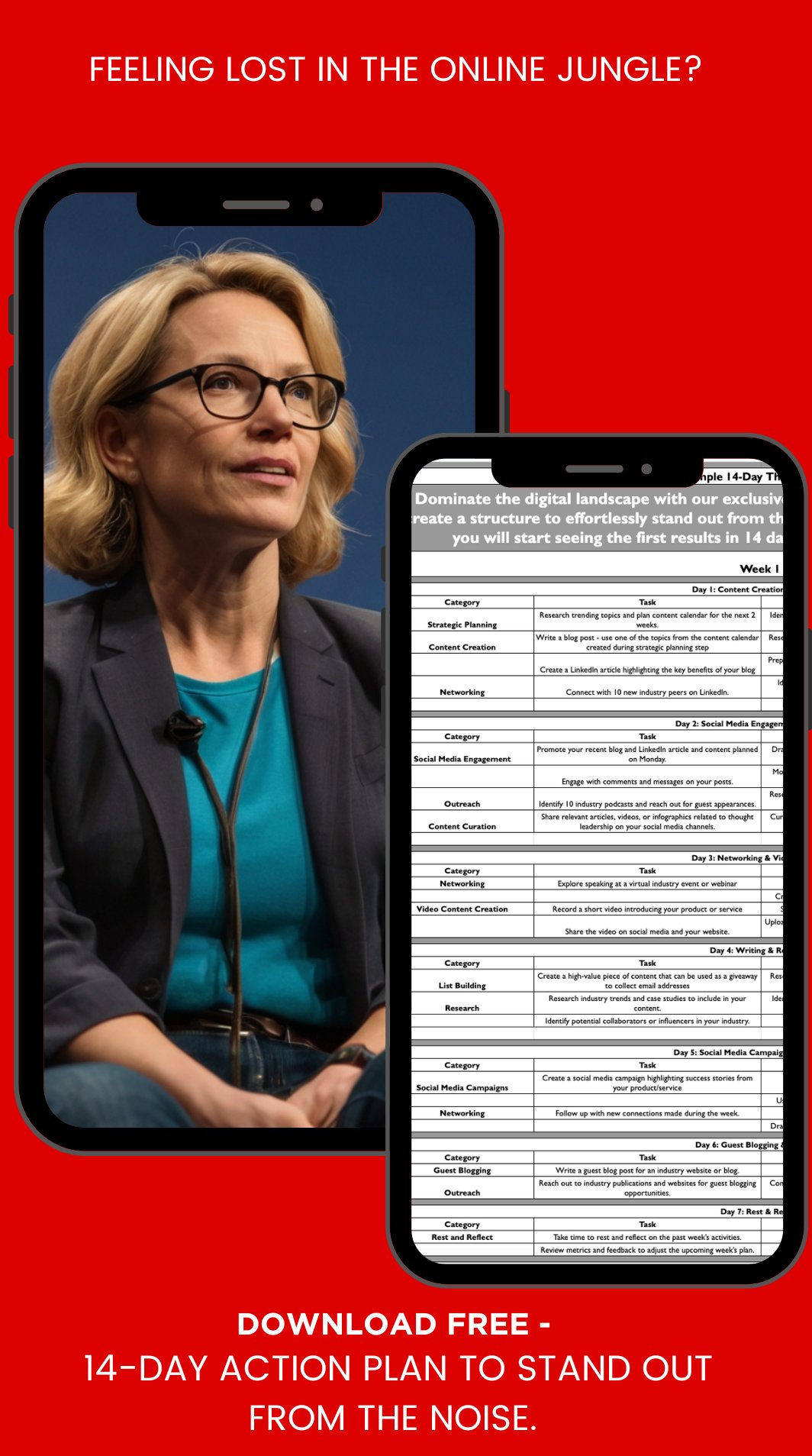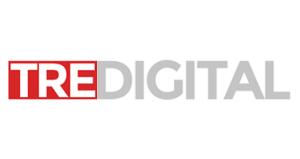Regardless of whether your business is focused on other businesses or consumers, running and participating in events should be a part of your marketing strategy. Jeff Walker, a creator of a Product Launch formula, recommends frequent product launches and events as part of your on-going marketing strategy.
In my previous post I talked about first steps in planning a successful event. Specifically, how to craft an exciting and relevant messaging and start your initial promotional campaign.
These two steps are critical as you just start planning your event and generative event buzz. Once you complete these, you can move to the more targeted promotion and communication to drive traffic.
Table of Contents
ToggleIdentify Targeted Audience: Research contact information for influencers, media, bloggers, potential users/customers
I am making an assumption that you already have a good idea about your target audience. This step is more about finding the right people to help you get the word out. Your goal is to identify top 10 people who have large following. They will be able to send one Tweet and have dozens of people show up. So how do you find these people
Contact reporters
Create a very basic press release and pitch to the reporters covering your area. Your pitch should be newsworthy. Launching a new product is a huge milestone for you. I once heard from a reporter that she receives 100+ pitches in her email before 8am.
Do not send your pitch to the generic info@awesomenewspaper.com mailbox. Rather invest your time in finding the names and contact information for the publications you would like to see your story in. It is easier than you think.
First you can run a simple Google Query to find the names of the reporters writing about your subject.
You will type Site:newspaper.com keyword. Below is an example of finding reporters writing about female entrepreneurs in Seattle times
Click on a relevant article, and check the by-line for the reporter name and contact information. If it is not there, you can use SellHack. A tool that will help you find email addresses for practically anyone.
is easier than you think. Just run a simple Google query for the specific blog and
The best way to position your story and pitch to the reporter, is to be succinct, to the point, and let them know what’s in there for them.
Build relationships with top bloggers
Bloggers with large following are your best supporters. They are typically easier to pitch to (there are exceptions) than reporters. At the same time, they can help get the word out for you. You can use the same Google and Sell Hack trick to find their contact info.
Before you spam the bloggers with requests to promote your event, we strongly recommend that you build rapport with them. Create an engagement loop to first get to know them better.
You can use a simple formula to build connections on Twitter:
Day 1 – follow a blogger and favorite one of their tweets. I would also recommend adding them to Twitter list. It makes the follow up process run much smoother.
Skip one day
Day 3 – engage with one of bloggers tweets (e.g. retweet or reply to the comments they are making)
Skip one day
Day 5 – start a conversation. Ask a leading question that will help you make your pitch later.
Personally invite key partners/press/ sponsors.
People love personal invitation, so lean into the basic human psychology to create more excitement for you event.
You can send a quick personal tweet. Here is an example:
.@ChatwMatt – Can’t wait to see you at our exciting event #Event2015
Note: add a period “.” at the beginning of your Tweet starting with a Twitter handle. Otherwise, only the person you are addressing will see your tweet.
Another way to get attention of the most influential contact is to send them an email invite with a set of complimentary tickets or a discount code.
In addition to inviting all of your better connected Facebook friends, send them a quick personal message on Facebook. I’ve seen an event sell out in 24 hours using this method.
If you have done all of the above steps and you still have a few seats left, try calling people on your list.
Set up Remarketing campaign
Paid advertising is not the best option for smaller marketing budgets. That said, I find remarketing to be one of the most effective forms of paid campaign.
Remarketing simply means that you “tag” a user who visited your site. Once they migrated away from you web page, you can follow them with your ads while they are visiting other sites. If you are a novice to running paid campaigns, I would not recommend doing it. You can read more on creating remarketing campaigns here.
Promotional Blitz
In all of the events I run, I see most of the people registering last moment, either the same week or a few days prior to the event. If you maximize your promotional efforts during the last week, you can get amazing results.
Daily Social Media Updates
Facebook event updates are really effective at generating excitement about the event. I would recommend a minimum of 1 daily Facebook post. You can share images from you “walk through the venue” or a presentation dry run, a nugget of information you will share at the event. Anything that would serve as a “teaser” works.
By now, you should already be regularly tweeting about your event (see section about connecting with others on Twitter).
At this point, it is time to increase your frequency by sending a daily updates with event detail announcements, thank yous to top sponsors, speakers, event participants.
For example: We are incredibly excited for @chatwmatt to speak at our event bit.ly/launch in #Seattle
Regular updates to the mailing list
No matter what other may say about email marketing, it still works. You should send an email update about a week prior to the event and then another reminder right before the event.
Follow-up: Email with request for feedback. Capture leads for next event.
You are a day or so away from the actual event. Unless you are sold out (which may happen if you followed all of steps above), you should still keep pushing for the attendance.
Last push for attendance
On a regular day posting too much “me” content (i.g. content that is exclusively focused on you) is not a good idea. There is an exception if you are gearing up for a big promo push.
It is ok for the last 24 hours leading to the event to increase frequency of your social media posts (Facebook, Twitter, LinkedIn). Point out “last minute” opportunity to sign up; share updates from the event preparation, send your last reminder to the email list.
You should also communicate to your attendees how they can stay connected to each out during the event. You can create event specific hashtags and encourage everyone to tweet. I have summarized event twitting best practices in a recent blog.
After the event: remember to follow up
Once you are done with the event, last thing you want to do is to keep talking about it, right?
Wrong!
Event follow up is the best way to build a bridge to your next week, make a meaningful offer for attendees to stay in touch. It does not have to be salesy at all. You can share a recap of top points with pictures, send Thank you notes to attendees, share recording and presentation material.
It is also a great time to ask attendees permission to add them to the list. It will help you with promotional blitz for your next event.
Are you ready to rock your next event?









